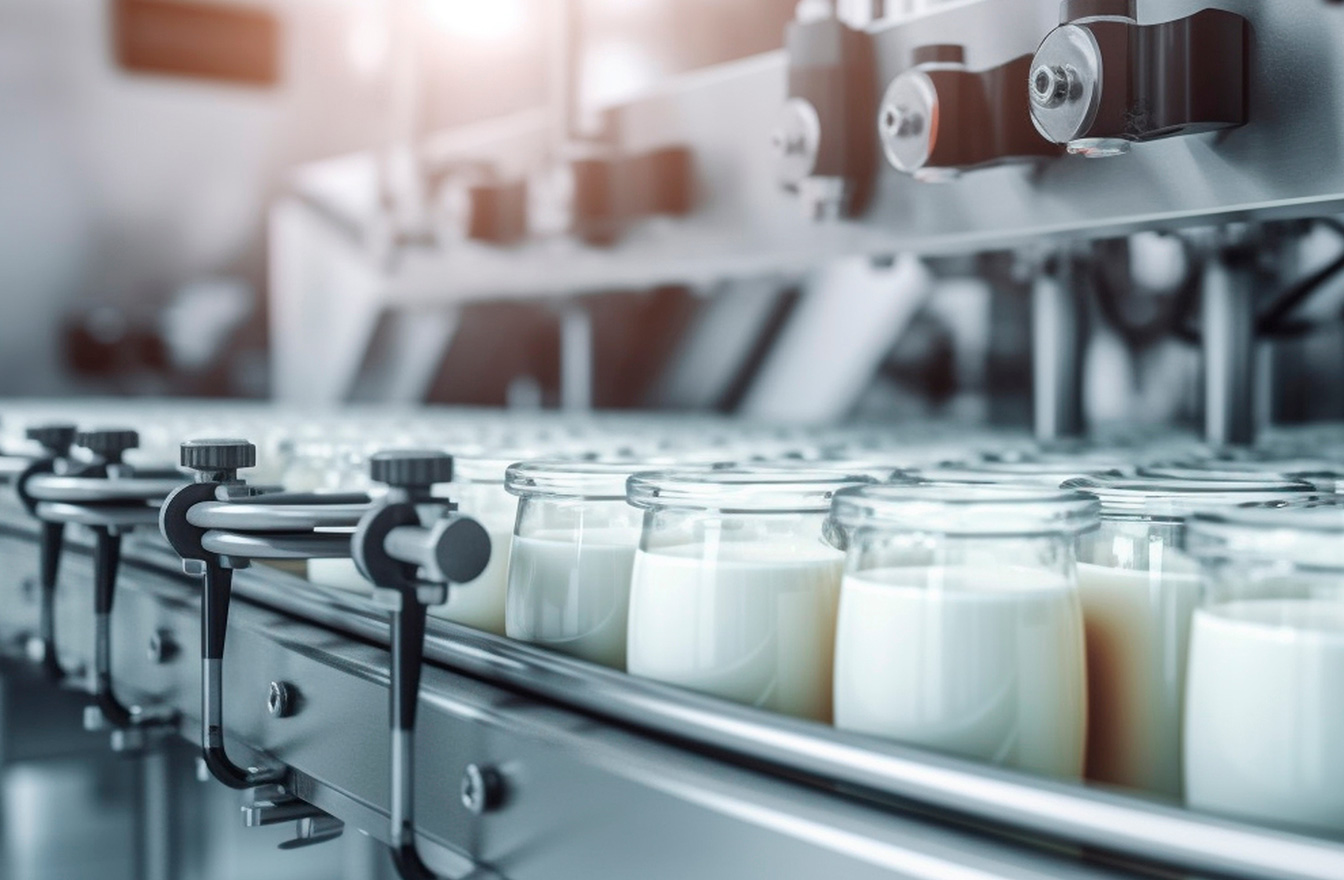There are few products for which consumers have such high expectations as the food they eat. This applies to the quality of the food, but also to the question of how it is produced – and therefore how much CO2 is released into the atmosphere. The food industry is responding to this trend by producing its products in an increasingly resource-conserving and climate-friendly way. After all, those who can advertise a particularly small ecological footprint in the highly competitive food retail sector gain a competitive advantage.
The importance of energy efficiency in the food industry
However, a clean image with customers is not the only reason driving the food industry to introduce environmentally friendly production processes. Many manufacturers are pursuing ambitious climate targets that would not be achievable without the gradual elimination of fossil fuels such as natural gas and coal. In general, their sustainability strategies are based on two measures: Firstly, they are converting their energy supply by increasingly obtaining their energy from renewable sources. Secondly, they are making better use of energy by optimising production efficiency. In conventional food production, a lot of energy is wasted, for example in the generation of heat or cold required to cook, dry or freeze food. This waste makes the process more expensive and has a negative impact on manufacturers’ environmental footprint.
Switching to efficient technologies involves investment costs in the short term. In the medium and long term, however, these pay off because CO2-intensive processes become more expensive. This is ensured in the EU, for example, by emissions trading.
Reducing the carbon footprint: Solutions for the food industry
Anyone thinking about the environmental footprint of the global food industry usually has transport in mind. Before apples from New Zealand or beef from Argentina end up on German supermarket shelves, they are shipped halfway around the world. This releases huge amounts of CO2. Short distances, regional raw materials and climate-friendly means of transport are therefore obvious solutions for reducing the industry’s carbon footprint.
However, another point is often overlooked: the enormous potential that can be tapped into by optimising processing and production processes in this country. As long as fossil natural gas was cheap and reliably available, the level of consumption played a subordinate role for many companies. However, since the energy crisis and the price fluctuations in the natural gas market, the topic of energy efficiency has moved centre stage.
Increase energy efficiency with the ThermalBattery™
In order to utilise energy efficiently, it must be kept in the system in the best possible way. The ideal would be a closed circuit. This is where the ThermalBattery™ comes into its own: It stores the heat from the production process and releases it again when it is needed again in production at a later point in time. In this way, it minimises the need for externally supplied energy.
How the ThermalBattery™ works
The ThermalBattery™ is a thermal solid-state high-temperature energy storage system that can be integrated into individual production processes and adapted in size to the respective requirements. In the modules, which are the size of a standard container, a heat transfer fluid such as steam or thermal oil circulates through embedded steel pipes and transfers the thermal energy to a core storage material. This process is reversed for discharging.
Advantages for the food industry
The configuration of the ThermalBattery™ is customised to the customer’s process-specific requirements. This allows them to control their production in a particularly energy-efficient manner. Energy that would be lost during production interruptions without storage is stored in it until it is resumed. The external energy requirement and the associated costs are reduced and the carbon footprint is improved accordingly.
Future outlook for energy-efficient solutions in the food industry
According to studies, food production is responsible for more than a third of global greenhouse gas emissions. Its decarbonisation is therefore a key requirement if we are to succeed in limiting global warming to below two degrees if possible. Countries around the world are responding to this with new regulatory requirements aimed at curbing CO2 emissions in the industry. In food production, the introduction of technologies to improve energy efficiency is therefore a key element in preparing for the future.
Are you interested in ENERGYNEST, or have any questions regarding our thermal energy storage solutions or our applications for your specific industry?
Don’t hesitate to drop us a line.



